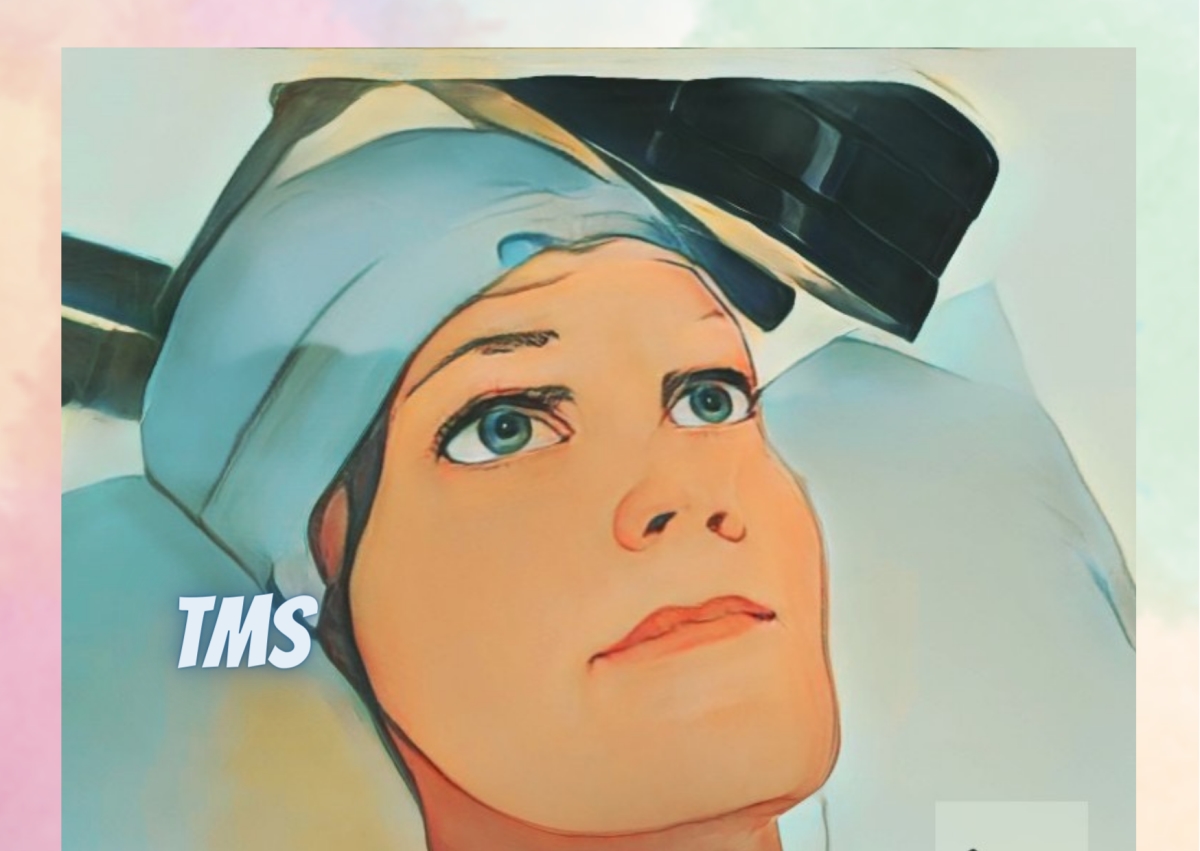TMS or Transcranial Magnetic Stimulation
With Transcranial Magnetic Stimulation (TMS), coils of wire are applied to the scalp, and electrical charges produced by changes in the coils’ magnetic fields are used to stimulate the brain. Since that there is no need to enter the body in any way, this treatment is regarded as non-invasive. A specific area of the brain changes how it functions or responds during TMS due to the electrical stimulation of the brain.
When multiple TMS impulses are used during a procedure rather than just one, it is known as repeated transcranial magnetic stimulation (rTMS), or TMS. The electrical signals are rapid and painless despite their strength. The frequency of the electrical signals used in TMS might vary. For instance, high frequency (HF) rTMS causes brain activity in a particular area to increase, but low frequency (LF) rTMS generally causes a decrease in that area’s brain activity.
TMS/rTMS may be used to treat a variety of physical and mental health issues, according to research. Research shows that TMS and rTMS procedures are safe since they have been thoroughly examined and evaluated for safety. Headaches and sensations of tingling on the face and/or scalp are a few of the side effects that patients may experience.
Researchers frequently employ what are known as sham-controlled experiments to examine the effectiveness of TMS on a variety of illnesses. There are two participant groups in these research. TMS is administered to one group, the experimental group. With the exception of actually receiving the treatment, the second group, or control group, experiences nearly the same process. In a TMS trial, for instance, one group would receive TMS therapy while the other underwent the process of having coils applied to their scalps even though there would be no electrical current present.
TMS or Transcranial Magnetic Stimulation and Major Depressive Disorder
Major depressive disorder, sometimes known as depression, is a widespread mental health condition that affects more than 300 million people worldwide. According to the World Health Organization, major depressive illness is the main cause of disability.
Diagnoses of major depressive disorder are made when five or more symptoms last for two weeks. Either a low mood or a loss of interest or pleasure must be one of the symptoms. Changes in weight, sleep, body movement, feelings of exhaustion, feelings of shame or worthlessness, trouble concentrating, and/or thoughts of death or suicide are some additional symptoms that may appear.
According to research, depression is largely curable, and there are numerous evidence-based therapies available. The most popular methods for treating depression are talk therapy, medication, or a mix of the two.
Studies has demonstrated that talk therapy employing particular treatment modalities, such as cognitive behavior therapy, is an effective way to treat depression. There are many more evidence-based therapeutic techniques available for the treatment of depression. TMS is regarded as a suitable treatment for major depressive disorder when the depression is unresponsive to other approaches, such as talk therapy or medication.
